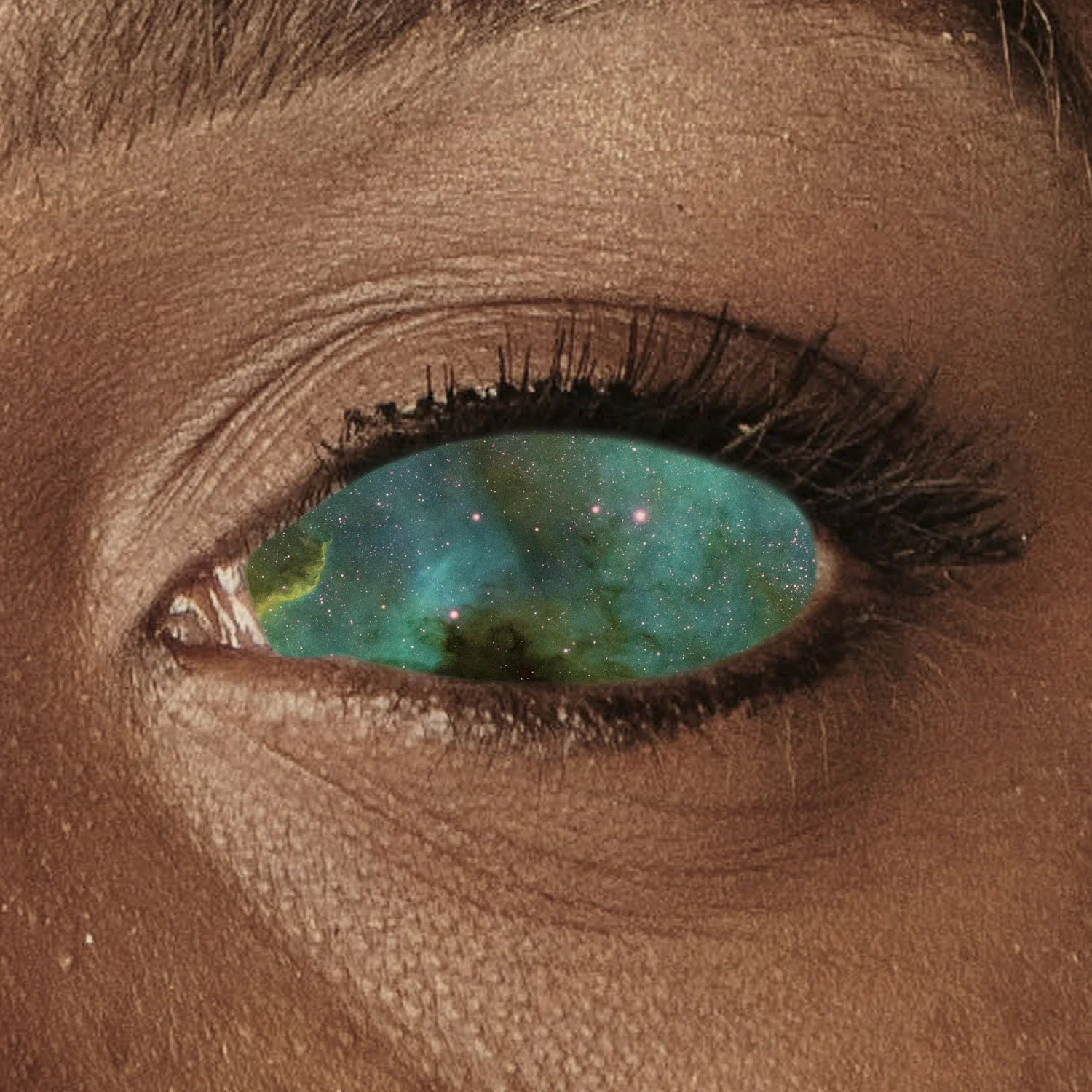7 things (other than your organs) that you can donate after death
When you register to be an organ donor in Canada, you can also register to donate your tissue as well. Each person can donate seven types of tissue to help improve the quality of life of up to 75 people. It’s an astounding legacy to leave.
7 types of tissue & why they’re great to donate
Corneas
Cornea donation is the gift of sight, which is downright miraculous. The cornea is the clear part on the front of the eye. When transplanted, a healthy cornea replaces a diseased cornea, and restores vision.
Many of the conditions that contribute to poor eyesight do not directly affect the cornea. This means that even if your eyesight is poor, your corneas can still be healthy and ideal for donation.
You can still be a cornea donor if you:
Wear glasses
Have cataracts or have had cataract surgery
Have diabetes
Have glaucoma
Have had laser corrective surgery
Are blind
Sclera
Sclera is the white part of your eye. It is used to:
Make grafts (or patches) to support glaucoma surgery
Help attach muscles to a prosthetic eye so that the prosthetic can move in unison with the natural eye
Support eyelid reconstruction
Sclera is NOT the entire eye—the whole eye is never transplanted. Only portions of the sclera are used to support healing in damaged eyes.
Tendons
Tendons are connective tissue that connect muscles to bones and are imperative to human mobility and stability. Donated tendons are used to gift the injured with recovery and mobility again. They are used for:
grafting to repair torn tendons
Helping to reconstruct damaged joints or bones
Replacing a tendon
Heart valves
If you’re a registered organ and tissue donor and you can’t donate your heart when you die (usually due to the circumstance of your passing), it may still be possible to donate your pulmonary valves, which open and close and prevent blood from flowing backward. This piece of tissue is crucial to help repair heart defects and valves damaged by infection and disease. Donated heart valves are oftentimes life-saving, and most definitely life-changing.
Veins
Your veins carry deoxygenated blood back to the heart. When veins are damaged or diseased, they cause loss of circulation, which can lead to invasive surgeries and, in some cases, even amputation. Donated veins help improve the lives of those suffering with severe circulatory problems by:
Grafting to bypass arterial blockages
Restoring circulation in cases like coronary artery bypass surgery
Treating peripheral arterial disease
Skin
Skin is one very big, essential, incredible tissue that does some pretty miraculous things, like heals wounds, regulates body temperature, and defends against bacteria and viruses. Donated skin grafts protect burn victims from serious and sometimes critical infections. They also help promote skin regeneration (of the recipient’s own skin) and support the overall healing and recovery process. Donated skin is also used to repair large hernias and for tissue reconstruction.
Bones
Bones are fascinating—they can constantly rebuild themselves and, as such, can help those suffering with various orthopedic conditions, such as complex fractures, bone tumours, and/or infections—to improve and/or regain mobility and structure. Bone grafts replace damaged or missing bone tissue with new bone material recovered from the arms:
Humerus
Radius
Ulna
Canadians need donated tissue
Unlike organs, eye and tissue can be stored (in an eye and/or tissue bank) and used later when it’s needed. And it’s needed a lot. When registering to be an organ donor, please consider registering to donate tissue as well.

